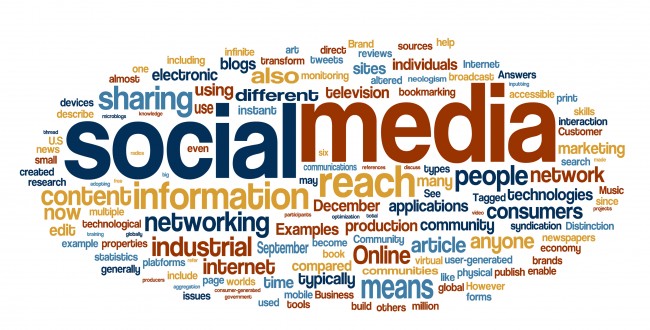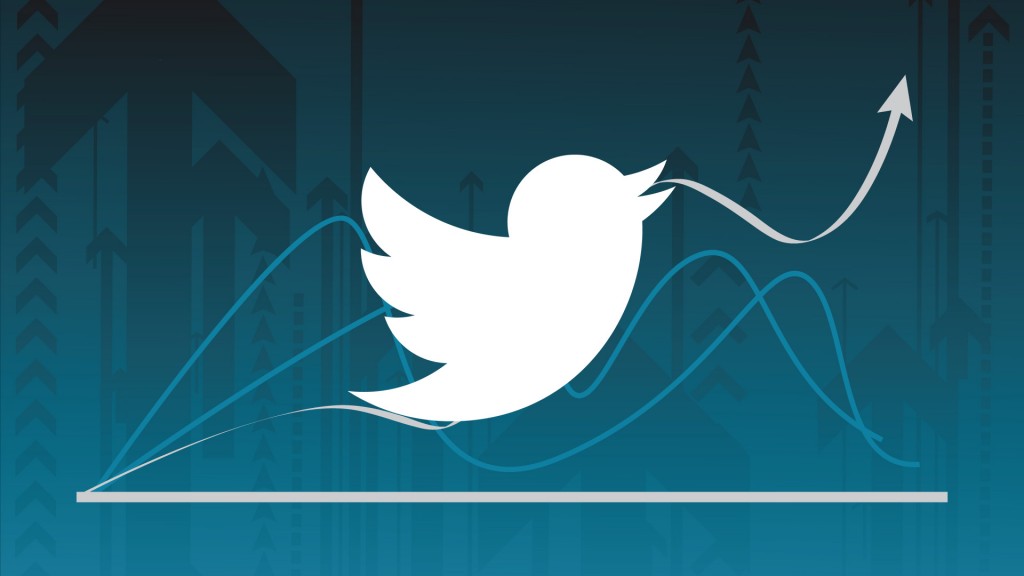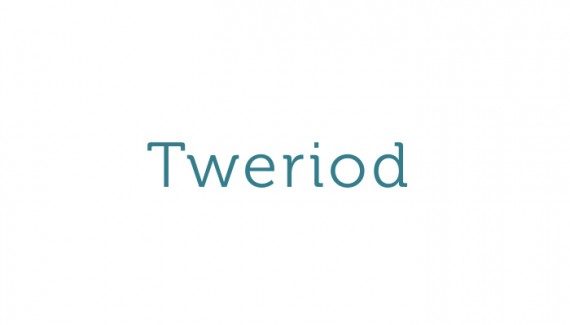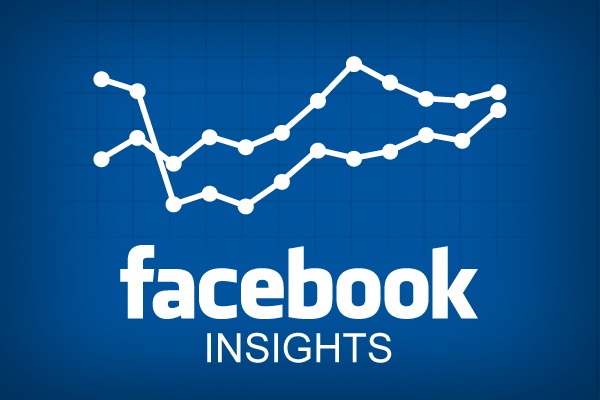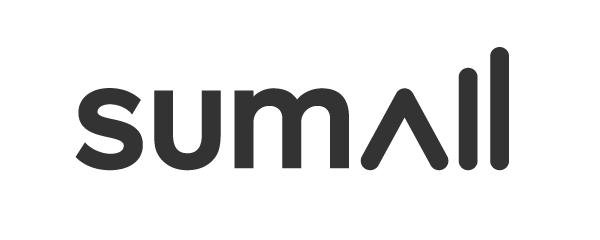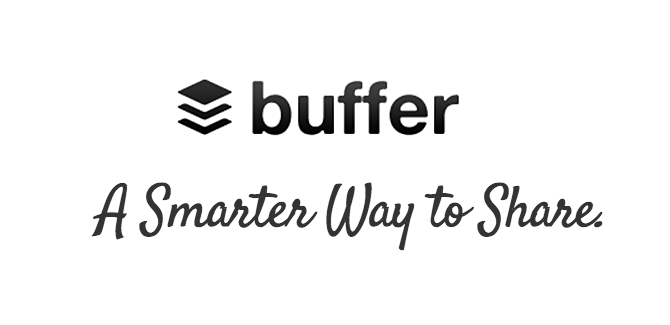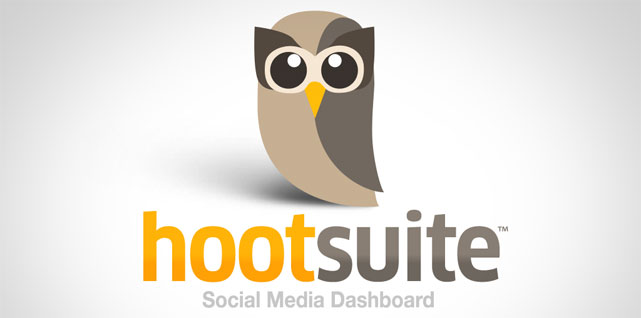Social Media without doubt is very important for companies and brands. It’s imperative that the impact of your social media campaign is measured consistently. This helps to optimise content for social media platforms and helps you know if your strategy is on the right track. Or not.
Here are 7 tools I use to monitor social media performance.
Iconosquare(formerly Statigram)
With over 300 million users, Instagram has become an important part of social media strategy. Iconosquare measures growth or decline of your Instagram page – likes, comments and followers.
It includes an in-depth analysis that shows which of your followers interact with your posts the most and which posts get the most interaction. These numbers are great for figuring out what works and what doesn’t.
Not sure if you’re posting to your followers at the right time? Iconosquare’s optimisation analysis includes what time your followers are online and measures them against interaction at the time you post.
Twitter Analytics
Launched last year, Twitter’s analytics tool provides an accurate analysis of your Tweets. Data from this tool includes the number of impressions a tweet gets and its engagement rate.
Twitter goes further to show the number of link clicks, retweets favourites and replies you get on average and on each tweet.
Analyse your tweets via analytics.twitter.com
Tweriod
Tweriod analyses your Twitter account and shows you what time your Twitter followers are active. The free version displays peak times on Mondays, Weekdays and Weekends. Tweriod also lets you sync peak follower times with your Buffer account.
The premium version provides monthly analysis, reply and mention stats, a PDF report and automatic sync with your Buffer account.
Facebook Insights
Facebook’s insights tool is automatically available when your page crosses 30 likes. It’s the perfect tool for knowing the demographics and location of your fans.
It also includes analytics for when your fans are online, what posts are trending and what updates get the most reach and interactions. Facebook’s Insights also tells you how many likes and unlikes you get during a selected period of time.
To watch how well your competitors are performing, you can add them as “Pages to watch”.
If you’re not satisfied with the surface information provided, you can export data from your page on a Page or Post basis.
Sumall
Arguably the most comprehensive social media monitoring tool on the market, Sumall collates data from Facebook, Instagram, Twitter, Tumblr, Google+, Facebook Ads, Google AdWord campaigns, Shopify and other ecommerce platforms.
Sumall displays metrics from social media on a graph and lets you view them within weekly, daily or monthly durations. The service also includes a weekly email at the beginnning of each week.
Sumall is great for a quick look at whether your social media efforts are improving your metrics or not.
Buffer
Asides being one of the best tools for publishing to social media, Buffer provides great analytics services. Buffer’s Buffer For Business plan allows you view and export analytics for updates posted from the platform.
Buffer’s free plan shows you the number of link clicks, likes, retweets, comment or shares depending on the platform.
The downside of Buffer’s analytics is that it only contains data on updates from Buffer.
Hootsuite
Hootsuite’s paid subscription($9.99 monthly) provides advanced social media analytics. Its Facebook Analytics feature displays the top 10 most engaged posts over a period of time and splits post likes by demographic, language and source.
Its detailed Twitter engagement analytics calculates follower, mentions and retweet growth or decline. It also displays a Klout score beside each mention.
Are there any other social media monitoring tools you use? Please share in the comments.





